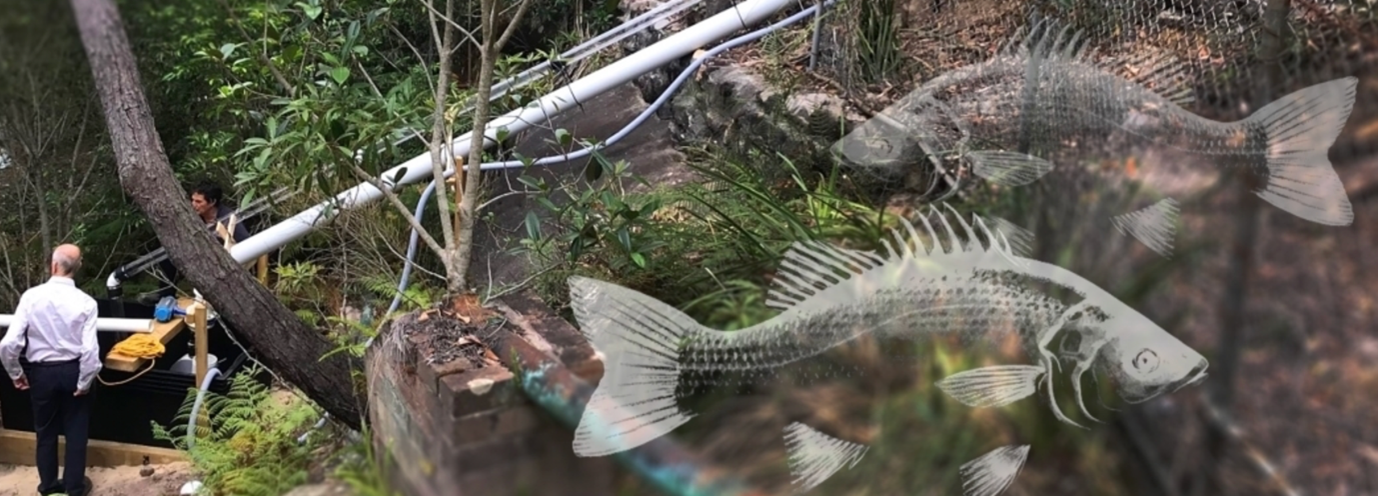Exhibition: UNSW Water Research Laboratory
« Back to Exhibition List Page

UNSW Water Research Laboratory
Research Institutes and Centres
Contact Us: School of Civil and Environmental Engineering, 110 King Street, Manly Vale, NSW, 2093, Australia
T: +61 2 8071 9800, E: info@wrl.unsw.edu.au
About
The Water Research Laboratory (WRL) is a world-leading fundamental and applied research organisation tackling the most challenging water engineering problems faced by the world today.
Based on Sydney's Northern Beaches and part of the School of Civil and Environmental Engineering at UNSW Sydney, our globally-esteemed laboratory spans four hectares and is home to state-of-the-art facilities, equipment and personnel comprising the most experienced and creative problem solvers in their respective areas of research and industry.
Our team includes a blend of professional engineers and scientists undertaking commercial research for industry and government, and an academic team focused on high quality education and pure research - successfully bridging the gap between industry and academia.
Organization Activities/ Business Field
For over 60 years our team has tackled complex challenges in areas of civil engineering hydraulics, environmental and eco engineering, hydrology and water resources, coastal engineering and groundwater. We work at the leading edge of consulting and research, using our expertise, unique facilities and field equipment to provide bespoke solutions to clients across Australia and the Pacific region.
From sophisticated hydraulic laboratories to our advanced field sites, monitored using novel techniques, we're fully equipped to ensure we continue to deliver pioneering work in water.
Products/Services
Tube fishway project
Aiming to restore fish migration across dams and weirs, our researchers have combined their expertise in fish ecology and hydraulic engineering to develop a Tube Fishway; which sets out to provide effective upstream fish passage through a tube using a cost-effective conduit system.
Australian governments spend millions of dollars to conserve aquatic biodiversity and fisheries threatened by water-resource development, but outcomes are poor when dams or weirs block fish migration - an essential element in fish biodiversity. To provide a solution to this problem, WRL has constructed and tested a one-third-scale attraction model; including a novel pumping method using vertical lifts of 1, 4 and 8 metres. With a system of simple conduits and a sequence of valve openings, water is transported from an attraction chamber at the foot of a dam structure over its crest.
For further information on this project, visit: https://www.wrl.unsw.edu.au/research/tube-fishway-project

Vehicle stability testing for flood flows
In a world first, the vulnerability thresholds for vehicles in flooded waters was tested at full scale in a specially configured tow tank at the UNSW Water Research Laboratory. The eye-opening research provided results that surprised even our engineers at just how quickly the cars became buoyant and unstable. Even in water depths as low as 15 cm, floodwaters moving swiftly had enough force to push small cars around. In deeper waters, a 2.5 tonne four wheel drive (4WD) vehicles can be rendered unstable by floodwater that is 45 cm high, with a flow speed of 1 metre/second. Once the water reaches 95 cm high, a 4WD this size completely floats, needing almost zero force to move it by hand.
The research, testing and analysis described in our report on this project aims to improve the knowledge and information available on the vulnerability of vehicles as they enter floodwaters and quantify the flow conditions that might cause vehicles to become susceptible to being washed away - we are pleased to make the results of this research publicly available.
For further information and to download the full report, visit: https://www.wrl.unsw.edu.au/news/vehicle-stability-testing-for-flood-flows

